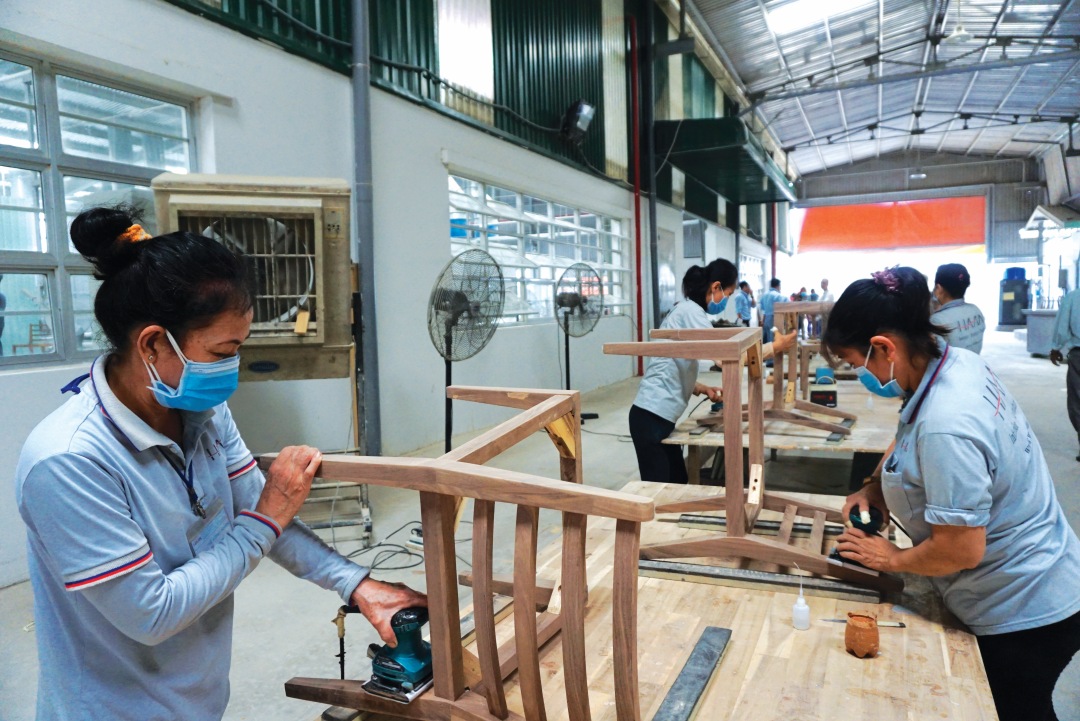Vietnam’s woodwork industry is grappling with a critical weakness in raw materials amid stricter origin-tracing requirements A truck laden with acacia wood, harvested from Le Hoan’s planted forest, crawled through the rugged terrain of Ky Anh, a mountainous district in Ha Tinh Province. Even the very people who cultivated the trees had no idea where the timber was headed. Perhaps it would be pulped into paper, or sawn, painted, and transformed into dining tables or wardrobes, destined for export to Europe at the discretion of the buyer. That was the story of the past. Today, anonymity is no longer an option for timber. To leave Haiphong Port or Cat Lai Port for Europe, every woodwork consignment must carry a “passport”—a detailed record that includes the precise coordinates of the tree’s origin, proof that the land used for cultivation was not subject to deforestation or forest degradation after December 31, 2020, and legal documentation for every stage the wood has undergone. This is the new commercial reality for timber and wood products under the EU Deforestation Regulation (EUDR), which will apply to large companies starting in December 2025 and to smaller businesses from June 2026. For Vietnam—where the EU remains the […]
A tougher road for wood industry
By Minh Tam









